Summary of 10 basic drawing usage example tutorials
Pseudo classes and pseudo elements are independent of the document structure. The way they obtain elements is not based on basic element characteristics such as id, class, and attributes, but on elements in a special state (pseudo-classes), or on special content in the elements (pseudo-elements). The differences are summarized as follows: CSS pseudo-classes (Pseudo-classes): used to add special effects to certain selectors, that is, add special effects (usually dynamic effects) based on the current static style of the element, so an element achieves a When in a specific state, it may get a pseudo-class style; when the state changes, it will lose this style. Property description: active Adds styles to activated elements: focus Adds styles to elements with keyboard input focus: hover When the mouse is hovering over the elements, adds styles to elements: link Adds styles to unvisited links: visited Add style to the visited link: first-child Add style to the first child element of the element: lang Add style to the element with the specified lang attribute Note: In the CSS definition, &nbs
of the same element 1. The difference between CSS pseudo-classes and pseudo-elements
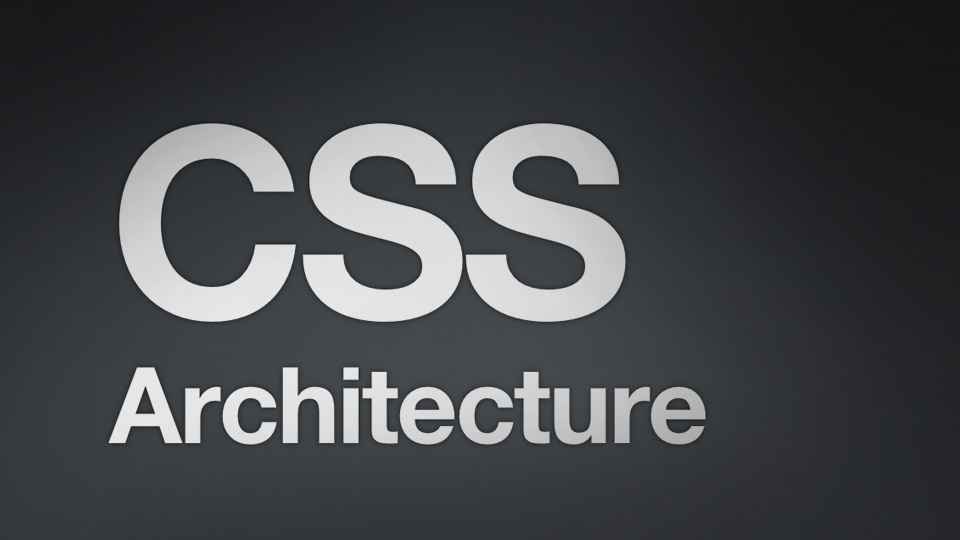
##Introduction: Pseudo-class and pseudo-elements are independent of the document structure. The way they obtain elements is not based on basic element characteristics such as id, class, and attributes, but on elements in a special state (pseudo-classes), or on special content in the elements (pseudo-elements). The differences are summarized as follows:
2. Detailed introduction to the sample code sharing of Javascript encapsulation id, class and element selector
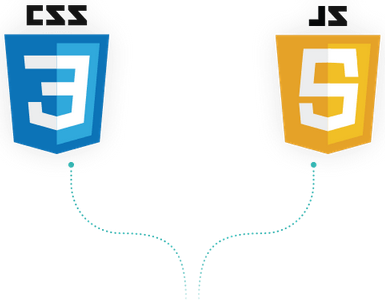
Introduction: This article mainly introduces you to the method of encapsulating id, class and element selector in Javascript. The article gives detailed sample code, which will be helpful to everyone. Understanding and learning has certain reference value. Friends who need it can take a look below.
3. HTML5 canvas basic drawing: drawing five-pointed star
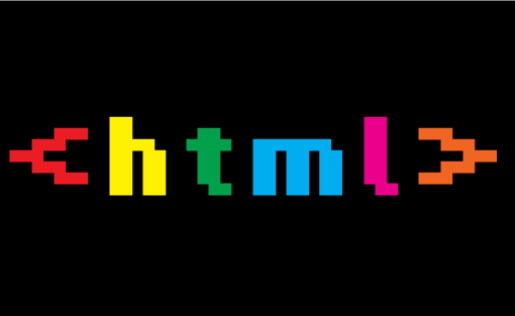
4.
HTML5 canvas basic drawing Drawing lines
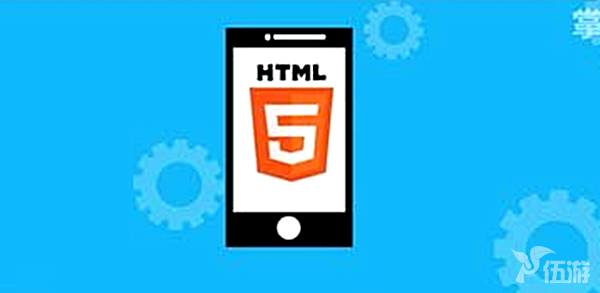 ##Introduction: is new in HTML5 Tag, used to draw graphics. In fact, this tag is the same as other tags. Its special feature is that the tag can obtain a CanvasRenderingContext2D object, which we can control through JavaScript scripts for drawing. is just a container for drawing graphics. In addition to attributes such as id, class, style, etc., there are also hei
##Introduction: is new in HTML5 Tag, used to draw graphics. In fact, this tag is the same as other tags. Its special feature is that the tag can obtain a CanvasRenderingContext2D object, which we can control through JavaScript scripts for drawing. is just a container for drawing graphics. In addition to attributes such as id, class, style, etc., there are also hei
##5. HTML5 canvas basic drawing Fill style implementation
## Introduction: is new in HTML5 The tag is used to draw graphics. In fact, this tag is the same as other tags. Its special feature is that the tag can obtain a CanvasRenderingContext2D object, which we can control through JavaScript scripts for drawing. is just a container for drawing graphics. In addition to attributes such as id, class, and style, there are also hei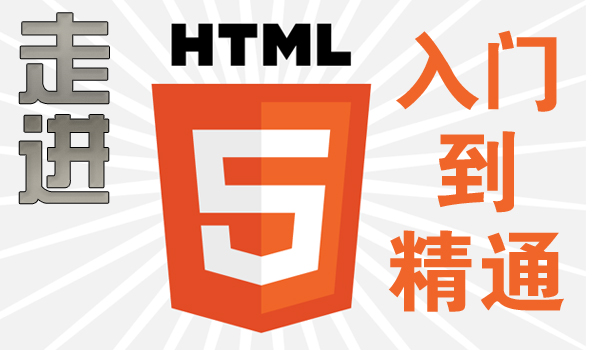
6. HTML5 canvas basic drawing Graphic transformation
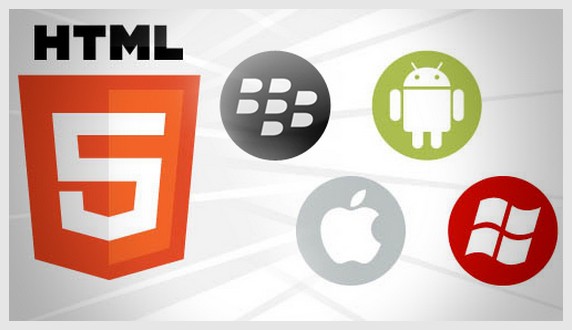
##Introduction: is a new tag in HTML5, used to draw graphics. In fact, this tag Like other tags, its special feature is that this tag can obtain a CanvasRenderingContext2D object, and we can control the object for drawing through JavaScript scripts. is just a container for drawing graphics. In addition to attributes such as id, class, and style, there are also hei
7. HTML5 canvas basic drawing Drawing curves

##8.
HTML5 canvas basic drawing Graphic combination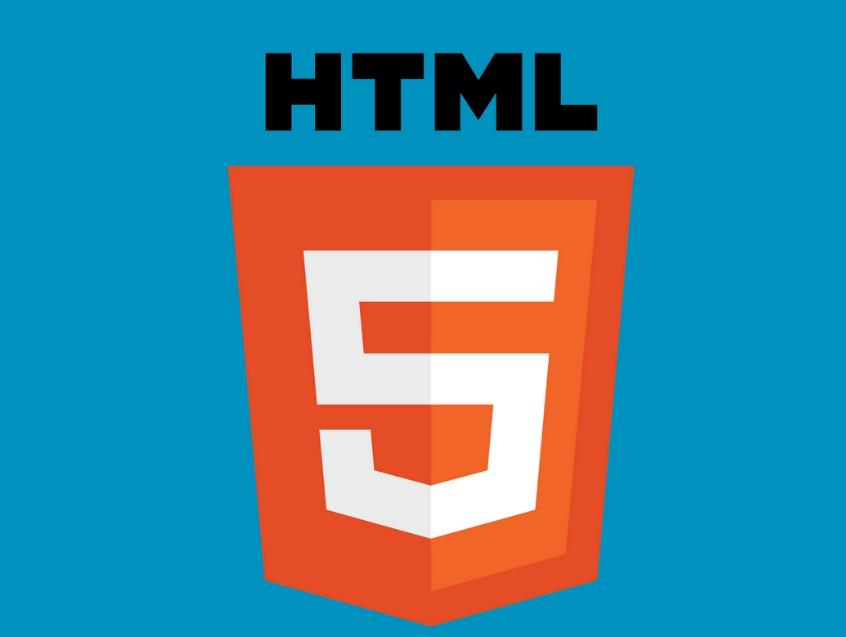 ## Introduction: is just a container for drawing graphics , in addition to attributes such as id, class, and style, there are also height and width attributes. There are three main steps for drawing on the
## Introduction: is just a container for drawing graphics , in addition to attributes such as id, class, and style, there are also height and width attributes. There are three main steps for drawing on the
9. The magic of JQuery$("tagName") and selector_jquery
Introduction: DOM The performance of the getElementsByTagName() method in JQuery is as simple as $("tagName")! tag tag (can be: p, div, button...) The tag itself has ID, Class and other attributes
10. Introduction to the use of jQuery basic selector to select elements_jquery
Introduction: Basic selector: It is the most frequently used selector in jQuery. It consists of element Id, Class, element name, and multiple selectors. You can use the basic selector to To realize the search of most page elements, interested friends can refer to the following
[Related Q&A recommendations]:
javascript - jquery selection What is the performance of the server using data-?
The above is the detailed content of Summary of 10 basic drawing usage example tutorials. For more information, please follow other related articles on the PHP Chinese website!

Hot AI Tools

Undresser.AI Undress
AI-powered app for creating realistic nude photos

AI Clothes Remover
Online AI tool for removing clothes from photos.

Undress AI Tool
Undress images for free

Clothoff.io
AI clothes remover

AI Hentai Generator
Generate AI Hentai for free.

Hot Article

Hot Tools

Notepad++7.3.1
Easy-to-use and free code editor

SublimeText3 Chinese version
Chinese version, very easy to use

Zend Studio 13.0.1
Powerful PHP integrated development environment

Dreamweaver CS6
Visual web development tools

SublimeText3 Mac version
God-level code editing software (SublimeText3)

Hot Topics
 1374
1374
 52
52
 How to Add Audio to My HTML5 Website?
Mar 10, 2025 pm 03:01 PM
How to Add Audio to My HTML5 Website?
Mar 10, 2025 pm 03:01 PM
This article explains how to embed audio in HTML5 using the <audio> element, including best practices for format selection (MP3, Ogg Vorbis), file optimization, and JavaScript control for playback. It emphasizes using multiple audio f
 How do I use viewport meta tags to control page scaling on mobile devices?
Mar 13, 2025 pm 08:00 PM
How do I use viewport meta tags to control page scaling on mobile devices?
Mar 13, 2025 pm 08:00 PM
The article discusses using viewport meta tags to control page scaling on mobile devices, focusing on settings like width and initial-scale for optimal responsiveness and performance.Character count: 159
 How to Create Interactive Games with HTML5 and JavaScript?
Mar 10, 2025 pm 06:34 PM
How to Create Interactive Games with HTML5 and JavaScript?
Mar 10, 2025 pm 06:34 PM
This article details creating interactive HTML5 games using JavaScript. It covers game design, HTML structure, CSS styling, JavaScript logic (including event handling and animation), and audio integration. Essential JavaScript libraries (Phaser, Pi
 How do I handle user location privacy and permissions with the Geolocation API?
Mar 18, 2025 pm 02:16 PM
How do I handle user location privacy and permissions with the Geolocation API?
Mar 18, 2025 pm 02:16 PM
The article discusses managing user location privacy and permissions using the Geolocation API, emphasizing best practices for requesting permissions, ensuring data security, and complying with privacy laws.
 How to Use HTML5 Forms for User Input?
Mar 10, 2025 pm 02:59 PM
How to Use HTML5 Forms for User Input?
Mar 10, 2025 pm 02:59 PM
This article explains how to create and validate HTML5 forms. It details the <form> element, input types (text, email, number, etc.), and attributes (required, pattern, min, max). The advantages of HTML5 forms over older methods, incl
 How do I use the HTML5 Drag and Drop API for interactive user interfaces?
Mar 18, 2025 pm 02:17 PM
How do I use the HTML5 Drag and Drop API for interactive user interfaces?
Mar 18, 2025 pm 02:17 PM
The article explains how to use the HTML5 Drag and Drop API to create interactive user interfaces, detailing steps to make elements draggable, handle key events, and enhance user experience with custom feedback. It also discusses common pitfalls to a
 How do I use the HTML5 Page Visibility API to detect when a page is visible?
Mar 13, 2025 pm 07:51 PM
How do I use the HTML5 Page Visibility API to detect when a page is visible?
Mar 13, 2025 pm 07:51 PM
The article discusses using the HTML5 Page Visibility API to detect page visibility, improve user experience, and optimize resource usage. Key aspects include pausing media, reducing CPU load, and managing analytics based on visibility changes.
 How do I use the HTML5 WebSockets API for bidirectional communication between client and server?
Mar 12, 2025 pm 03:20 PM
How do I use the HTML5 WebSockets API for bidirectional communication between client and server?
Mar 12, 2025 pm 03:20 PM
This article explains the HTML5 WebSockets API for real-time, bidirectional client-server communication. It details client-side (JavaScript) and server-side (Python/Flask) implementations, addressing challenges like scalability, state management, an




